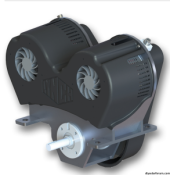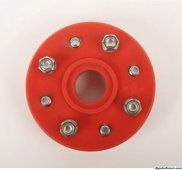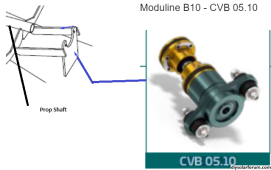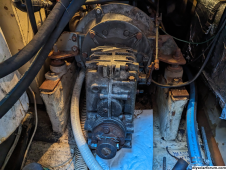Motor on order, that is awesome! Congratulations - I guess safer to order one unit, run tests and confirm theory before adding another one to the mix? All three images are from the same setup, just different perspectives - thought I add them all to give you best overview possible. I went back to the drawing-board and started to look at 96v | 20Kwh motor solution but would mean having to change my whole 48V configuration and it also looks like it would draw a ridiculous amount of watts. I believe that your realization of '
peak efficiency of 87% at around 5kw' is key to the solution. That together with the correct gearing (seen 28 to 72 pulley in some places) surely should give enough torque & Prop RPM? Suspect you knew this already but got the following response in relation to running 2 motors - ''
And yes,it is workable to put 2 sets of 48V 10KW motor kits on one boat and control them with one remote throttle.Some of our clients had similar designs. We can provide you the motor,controller, throttle and simple accessories.'' - So intrigued by this side of the project that I forget to continue build on actual boat









